We may earn money or products from the companies mentioned in this post. This means if you click on the link and purchase the item, I will receive a small commission at no extra cost to you … you’re just helping re-supply our family’s travel fund.
Downtowns once grew around families, workers, and the slow rhythm of daily routines. Over time, some cities turned those same streets into curated zones built mainly for visitors. What used to feel lived in now feels staged, almost like a set prepared for rotating crowds who stay for a weekend and move on. Locals often watch their rents climb, their shops disappear, and their communities thin out as tourism shapes decisions more than the people who call these places home.
Venice, Italy
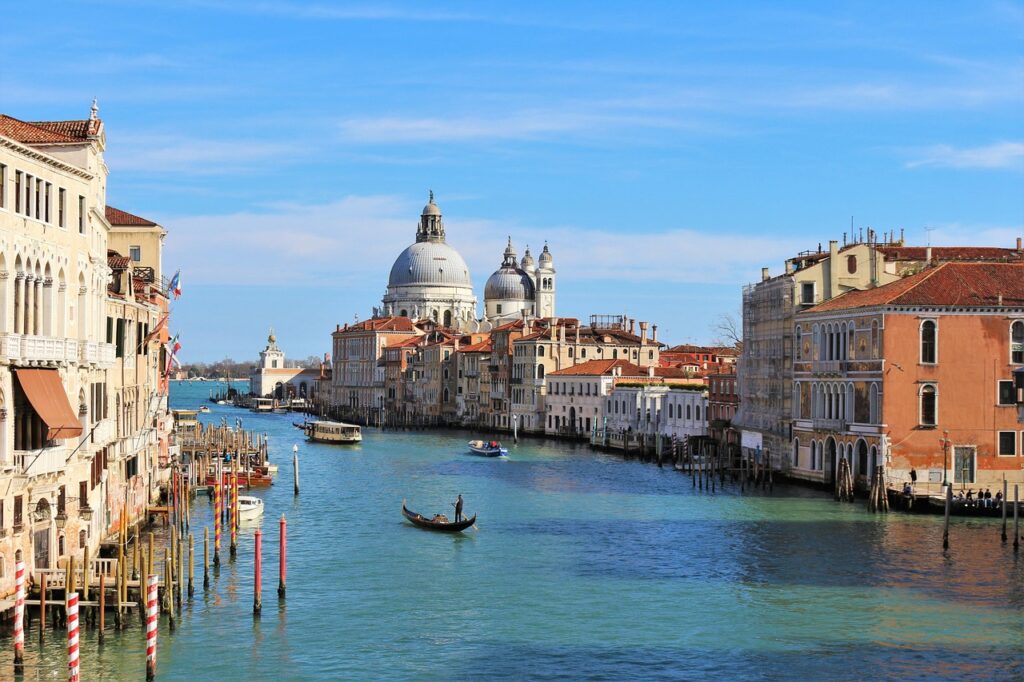
Venice’s center slowly drifted away from local life as crowds packed its narrow paths from dawn to dusk. Many small shops that served residents closed and gave way to stalls selling the same souvenirs stacked in every window. Rising rents and constant turnover pushed families to the mainland. Even with limits on cruise ships and new rules for day visitors, the shift already settled in, leaving the historic core feeling more like a well-managed attraction than a neighborhood.
Barcelona, Spain

Barcelona’s Gothic Quarter turned from a lived-in maze into a pressured zone shaped by weekend arrivals and fast rentals. Apartments once held by long-term tenants filled with short stays, and grocery stores slipped out while tourist bars slipped in. Crowds pack the alleys late into the night, leaving residents tired of noise and rising prices. Even with the city’s push to cap hotels and reclaim apartments, the old quarter still carries the marks of choices made to keep visitors flowing.
Amsterdam, Netherlands

Amsterdam’s canal belt used to blend practical shops, quiet homes, and the kind of small rituals that keep a city grounded. As tourism soared, street life shifted toward heavy foot traffic, snack counters, and businesses aimed at quick visits rather than long-term neighbors. Many residents say they love their city but avoid the most scenic canals during busy hours, knowing they’ll find long lines and noise instead of the calm they remember. Regulations help, but the strain is still obvious.
Dubrovnik, Croatia
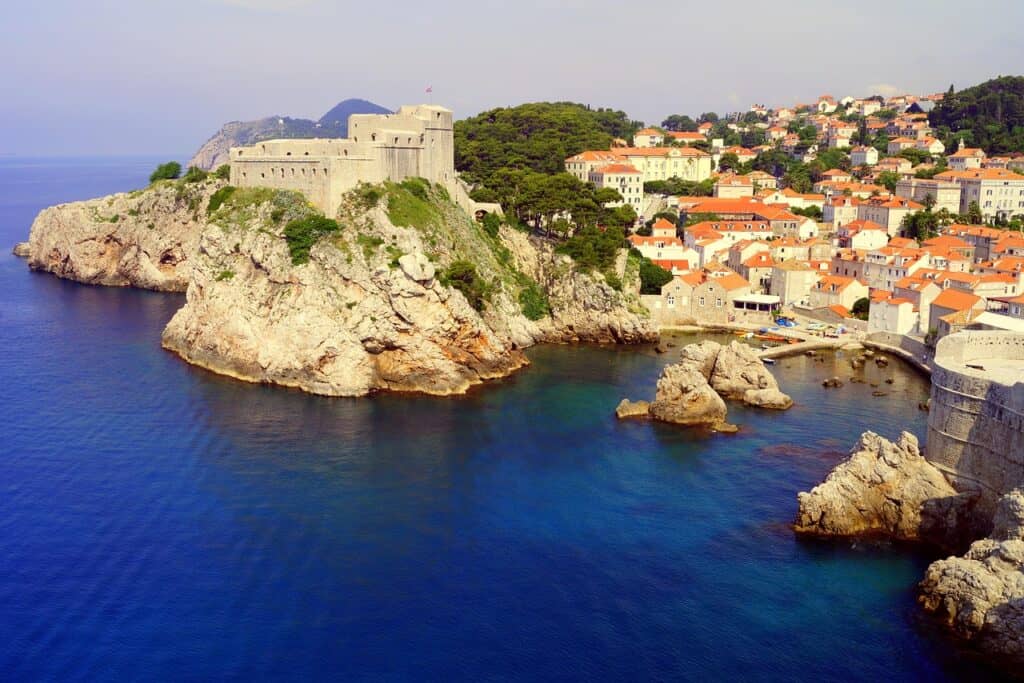
Dubrovnik’s Old Town changed sharply once global exposure drew enormous daily crowds into its stone streets. Local routines were pushed aside by long queues on stairways, packed gates, and businesses built to serve a constant tide of day trippers. Efforts to limit cruise arrivals came after the city felt the weight of years of unmanaged tourism. While the walls still carry centuries of history, the daily life that once filled them often happens beyond the old gates now.
Florence, Italy
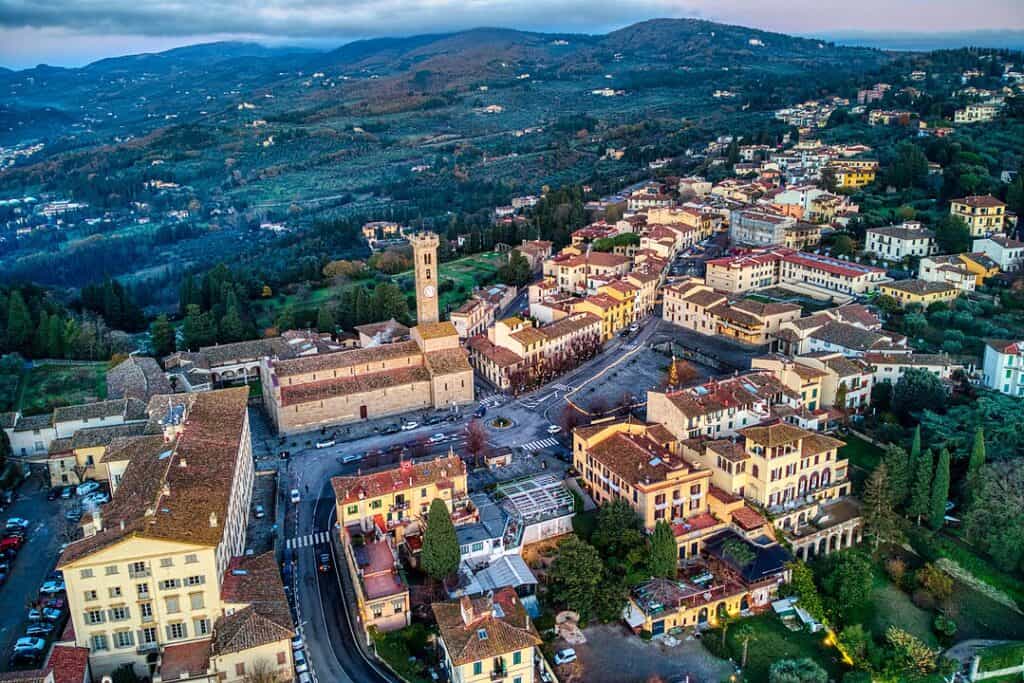
Florence’s historic center carries unmatched beauty, yet its character shifted as apartments near major landmarks slowly emptied of long-term residents. Stores that once anchored everyday life gave way to boutiques and short-term rentals. Locals often talk about how difficult it became to live in the heart of the city, even while working there. New policies aim to bring housing back to residents, but reversing years of slow drift is a long and complicated climb.
Prague, Czech Republic
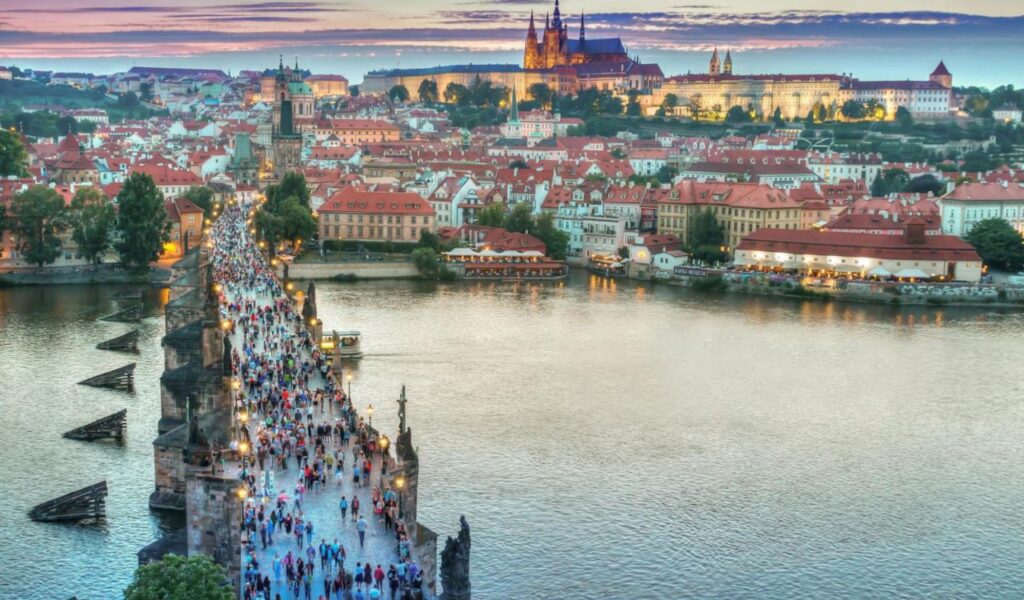
Prague’s Old Town once balanced tourism with the routines of people who lived nearby. Over time, the center filled with pub crawls, souvenir stalls, and nightlife that rarely quiets down. Many residents simply left for calmer districts farther out, leaving the medieval streets dominated by visitors moving through in waves. The views are still striking, yet the feeling of a lived-in neighborhood has thinned, replaced by businesses built around constant entertainment.
New Orleans, Louisiana

New Orleans’ French Quarter always had visitors, but the scale changed. Long-time tenants saw their blocks fill with short-term rentals and bars built for steady foot traffic rather than community. Shops that once served locals closed as property values climbed. Many residents now speak about the Quarter with affection but also distance, saying it feels more like a stage where the same party repeats each night, rather than a place to build a stable life.
Mexico City, Mexico
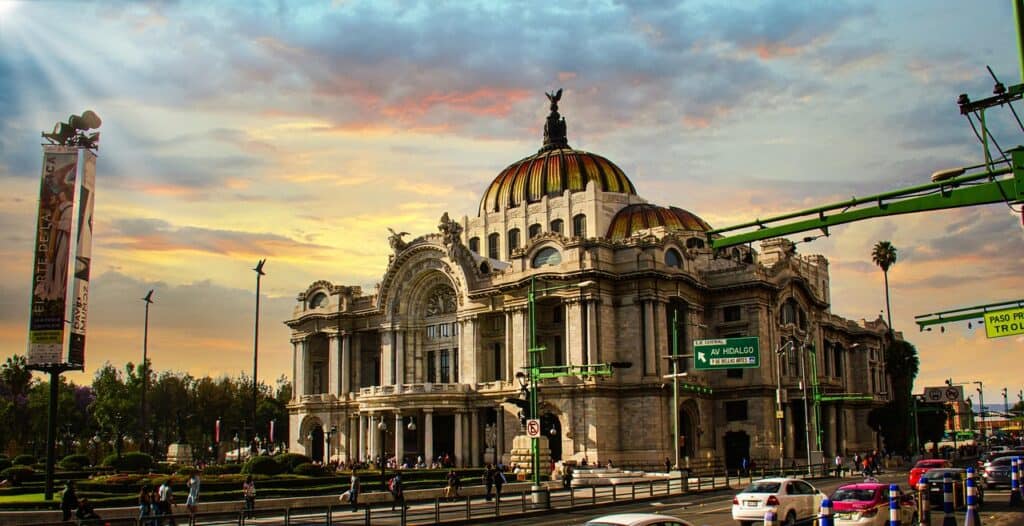
Roma and Condesa transformed quickly once remote workers and design-focused businesses flowed in. Cafes and boutiques flourished, but so did rent hikes and apartment conversions that left long-term tenants struggling to stay. Protests grew as locals watched their neighborhoods shift toward a lifestyle tailored to visitors and newcomers. The architecture still charms, but stable community life feels harder to maintain when demand surges far beyond what the streets were built to hold.
San Miguel de Allende, Mexico

San Miguel de Allende’s center glows with color and heritage, yet the people who maintained that character often live farther away now. Galleries, wine bars, and luxury shops dominate streets once filled with small family stores. Many residents say the core now feels shaped for outsiders with sizable budgets, leaving essential services tucked into quieter corners. The beauty remains, but the balance of who the downtown truly serves has changed.
Lisbon, Portugal
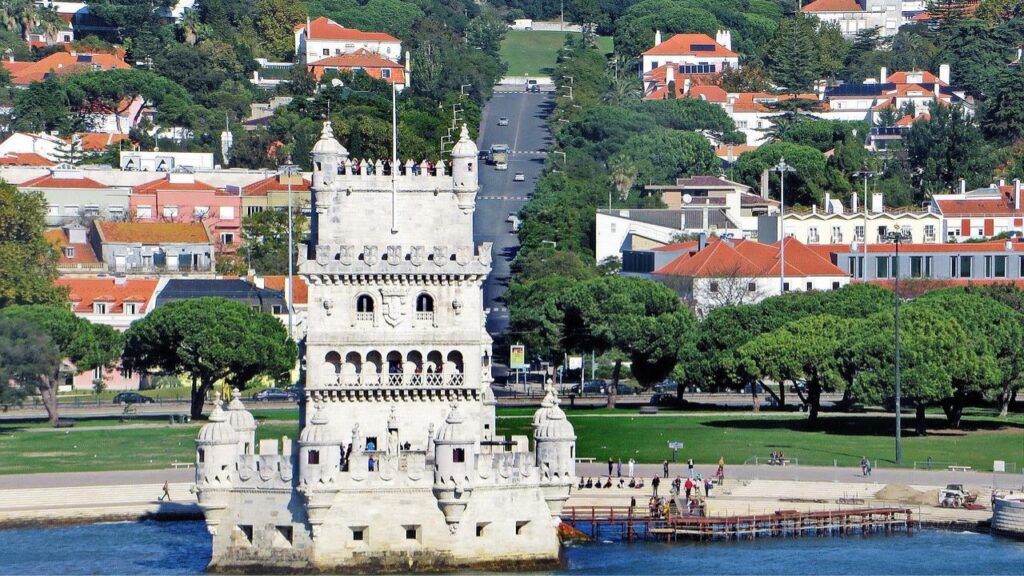
Lisbon’s Alfama and Bairro Alto neighborhoods carry deep cultural roots, but they’ve struggled under the weight of rapid tourism. Homes became short-term rentals, and bars built for visitors replaced long-standing shops. Locals organized marches and petitions as rent climbed past reachable levels. Traditional music and family grocers still survive, yet they share space with trends that rarely consider the needs of people who depend on the neighborhood year after year.
Other Blog Posts You Might Enjoy
www.idyllicpursuit.com (Article Sourced Website)
#Cities #Ruined #Downtowns #Trap #Tourists #Idyllic #Pursuit
